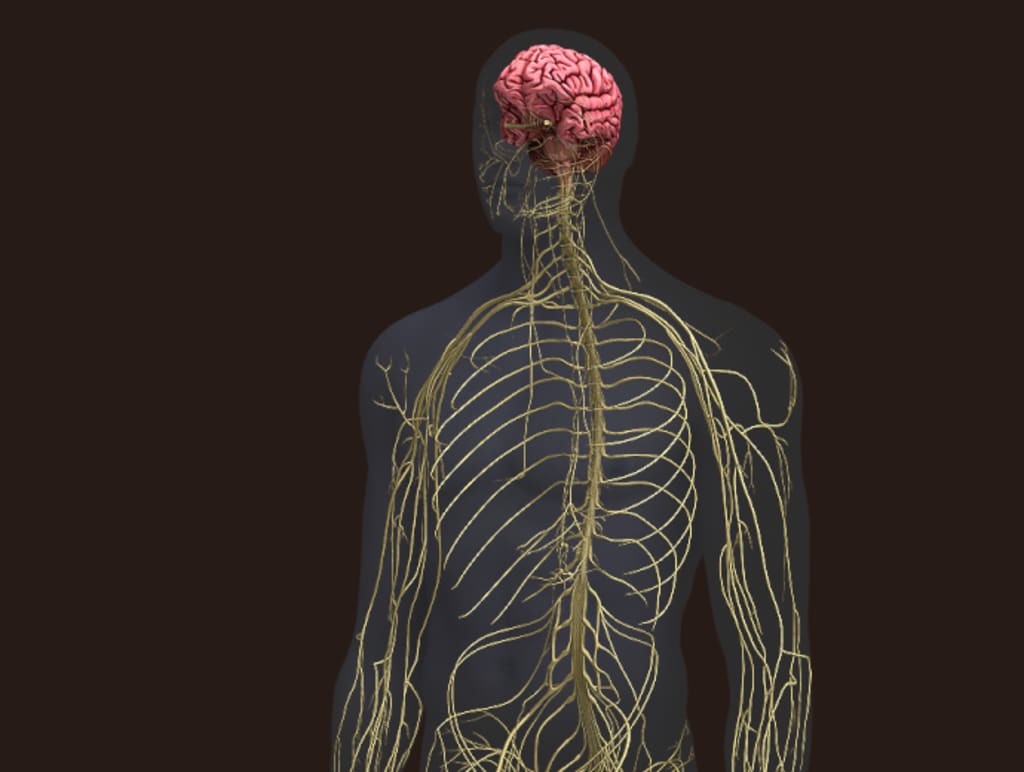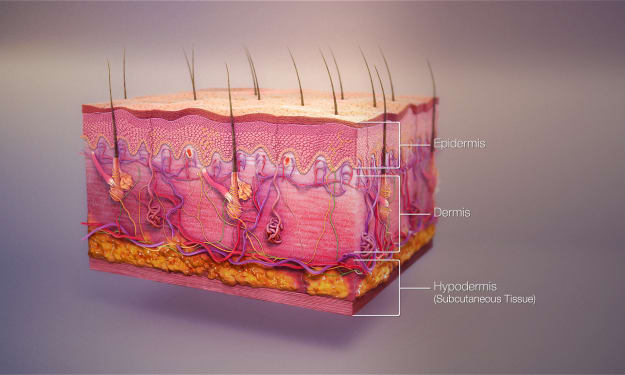Is our nervous system this complex ???
The Intricacies of the Nervous System: Understanding Its Functions and Organization

Title: The Intricacies of the Nervous System: Understanding Its Functions and Organization
Introduction
Every morning, we go through various routine actions that seem mundane, such as waking up from a dream, getting dressed, having breakfast, and attending to our pets. However, these actions are not merely part of our morning rituals; they are all manifestations of the incredible capabilities of our nervous system. From processing dreams to sensing temperature changes and making decisions, our nervous system controls every aspect of our being. In this article, we delve into the fascinating world of the nervous system, exploring its anatomy, organization, communication, and the consequences of damage.
The Significance of the Nervous System
The nervous system is undeniably crucial as it governs all aspects of our lives. It serves as the master controller of our organs, physiological and psychological reactions, and even influences the endocrine system. Without the nervous system, there is no "you," no "me," and no other living beings. Understanding its fundamental principles is essential, which is why this article aims to provide insights into the basics of the nervous system.
Sensory Input, Integration, and Motor Output
At the core of our thoughts, actions, and emotions lie three principal functions: sensory input, integration, and motor output. Consider the example of a spider walking on your knee. The sensory receptors on your skin detect the presence of the spider, constituting the sensory input. The nervous system then processes this input and determines the appropriate response, which is the integration. Finally, your hand reacts by swatting the spider away, which represents the motor output. Such a coordinated and integrated system is necessary to detect, process, and act upon various stimuli continually.
Anatomy and Organization of the Nervous System
The nervous system consists of several levels of organization, with the central and peripheral nervous systems as its primary components. The central nervous system, comprising the brain and spinal cord, acts as the main control center. It receives information and generates responses. On the other hand, the peripheral nervous system consists of nerves branching off from the brain and spinal cord, allowing communication between the central nervous system and the rest of the body. The peripheral system functions in two directions: the sensory division transmits sensory stimuli to the brain, while the motor division conveys instructions from the brain to the muscles and glands.
Within the motor division, there are the somatic and autonomic nervous systems. The somatic system governs voluntary skeletal muscle movement, while the autonomic system controls involuntary actions like heartbeats, breathing, and digestion. The autonomic system further divides into the sympathetic division, which prepares the body for action, and the parasympathetic division, which promotes relaxation and calmness.
Cellular Components of the Nervous System
The nervous system is predominantly composed of cells, with neurons and glial cells being the primary types. Neurons, or nerve cells, respond to stimuli and transmit signals. They play a crucial role in information processing and are highly specialized based on their structure and function. Glial cells, once considered mere support structures, are now known to serve various vital functions and outnumber neurons in the nervous system.
Astrocytes, the most abundant glial cells found in the central nervous system, facilitate the exchange of materials between neurons and blood vessels. Microglial cells act as the main defense against invading microorganisms in the brain and spinal cord. Ependymal cells line cavities and produce cerebrospinal fluid, which cushions the brain and spinal cord. Oligodendrocytes wrap around neurons, forming the myelin sheath that provides insulation.
In the peripheral nervous system, satellite cells and Schwann cells are the two types of glial cells. Satellite cells support neuron cell bodies
within ganglia, while Schwann cells wrap around peripheral nerves, forming the myelin sheath similar to oligodendrocytes.
Communication within the Nervous System
The nervous system relies on intricate communication networks to transmit signals effectively. Neurons are connected through synapses, which are specialized junctions that allow the transmission of electrical or chemical signals. Electrical signals, known as action potentials, propagate along the length of a neuron, while chemical signals, in the form of neurotransmitters, transmit information between neurons at synapses.
Neurotransmitters play a crucial role in modulating various processes, including mood, cognition, memory, and motor functions. Examples of neurotransmitters include dopamine, serotonin, acetylcholine, and gamma-aminobutyric acid (GABA). Imbalances or deficiencies in these neurotransmitters can lead to neurological disorders.
Consequences of Nervous System Damage
Damage to the nervous system can have profound effects on an individual's health and well-being. Conditions such as Alzheimer's disease, Parkinson's disease, multiple sclerosis, and spinal cord injuries highlight the devastating consequences of nervous system impairment. Research into regenerative medicine, neuroplasticity, and neural prosthetics offers hope for restoring lost functions and improving the quality of life for those affected by nervous system damage.
Conclusion
The nervous system is a marvel of biological engineering, enabling us to experience the world, interact with others, and make conscious decisions. Its intricate organization, cellular components, and communication systems all contribute to its astounding capabilities. By understanding the basics of the nervous system, we gain insights into our own existence and can appreciate the delicate balance that maintains our physical and mental well-being. As research and advancements in neuroscience continue, the future holds great promise for unraveling the mysteries of the nervous system and finding new ways to improve our lives.





Comments
There are no comments for this story
Be the first to respond and start the conversation.